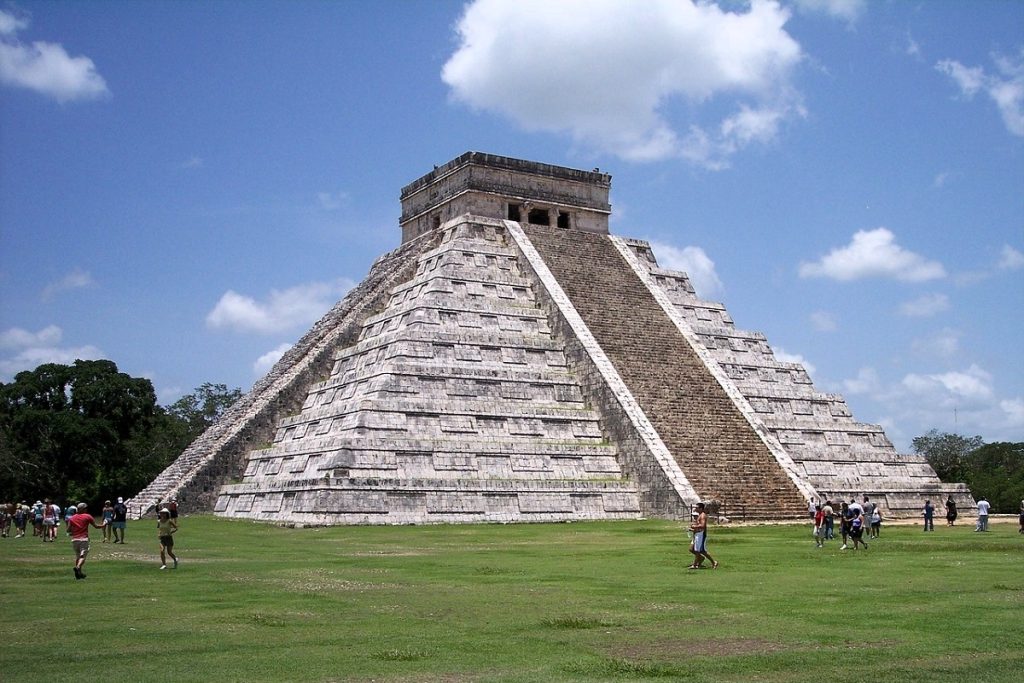In the heart of Mesoamerica, the ancient Maya civilization flourished, leaving an indelible mark on history and culture. Spanning from as early as 2000 B.C. to the 16th century A.D., the Maya were a beacon of innovation and resilience, whose contributions continue to resonate in the modern world.

The Dawn of a Civilization
The story of the Maya begins around 2000 B.C., during the Preclassic Period when the earliest settlements emerged. These early Maya communities were primarily agricultural, cultivating crops like maize, beans, squash, and cassava. Over time, they expanded their presence across the Yucatan Peninsula, modern-day Guatemala, Belize, and parts of Mexico, Honduras, and El Salvador.
The Golden Age: Classic Period
The Classic Period (A.D. 250 to 900) marked the zenith of Maya civilization. During this era, the Maya built magnificent stone cities such as Tikal, Palenque, and Copán, characterized by towering pyramids, palaces, and intricate carvings. Their society was organized into city-states, each ruled by a king and supported by a complex social hierarchy.
The Maya were not only master builders but also exceptional astronomers and mathematicians. They developed a sophisticated calendar system, which included the famous Long Count calendar, and made significant advancements in understanding celestial movements. Their mathematical prowess is evident in their use of the concept of zero, a revolutionary idea at the time.

Cultural Flourish and Decline
The Maya civilization was rich in cultural and artistic achievements. They developed a complex writing system of hieroglyphs, which they used to record historical events, religious texts, and astronomical data. Their art, depicted in murals, pottery, and sculptures, reflects a deep connection to their gods and the cosmos.
However, by the end of the 9th century, many of the great Maya cities were mysteriously abandoned. Scholars have proposed various theories for this decline, including environmental changes, warfare, and social upheaval. Despite this, the Maya people and their culture did not vanish. They continued to thrive in smaller communities and adapted to new challenges.
Enduring Contributions
The legacy of the Maya is profound and far-reaching. Their advancements in astronomy and mathematics laid the groundwork for future scientific discoveries. The Maya calendar, with its precise calculations, continues to intrigue and inspire scholars and enthusiasts alike.
Moreover, the Maya’s architectural and artistic achievements have left an enduring legacy. The ruins of their cities attract millions of visitors each year, offering a glimpse into a civilization that was both advanced and deeply spiritual.

A Living Heritage
Today, the descendants of the ancient Maya still inhabit the regions of their ancestors. They preserve their rich cultural heritage through language, traditions, and rituals that have been passed down through generations. The Maya languages, spoken by millions, are a testament to the resilience and continuity of this remarkable civilization.
In conclusion, the Maya civilization, with its rich history and monumental contributions, remains a testament to human ingenuity and adaptability. Their story is not just one of the past but a living narrative that continues to shape and inspire the world.
Source:













Related Posts
The Top 10 Deadliest Man-Made Disasters in History
Nature’s Fury: The Deadliest Natural Disasters in History
Echoes of Persia: Unveiling the Legacy of an Ancient Civilization